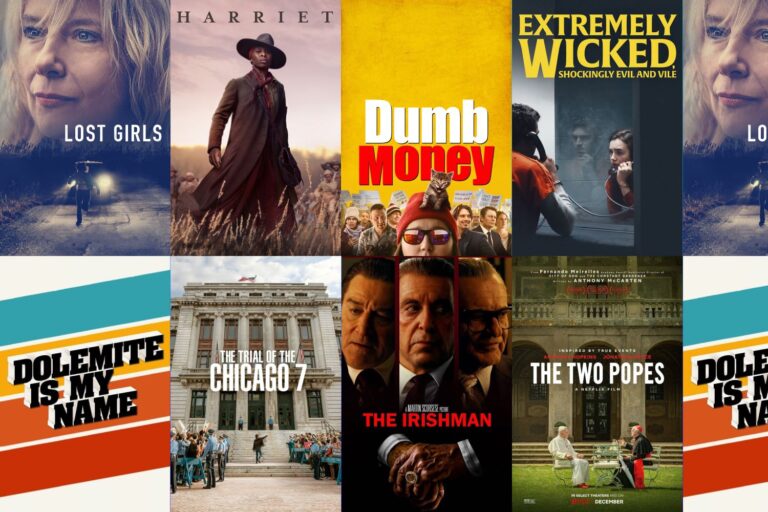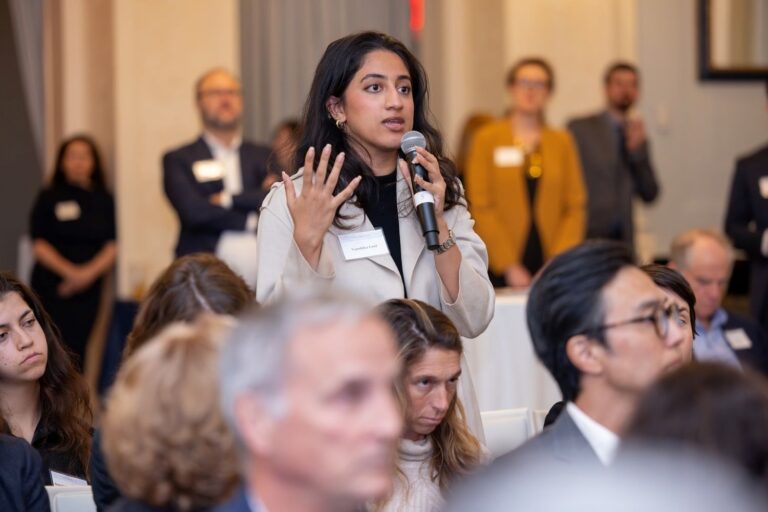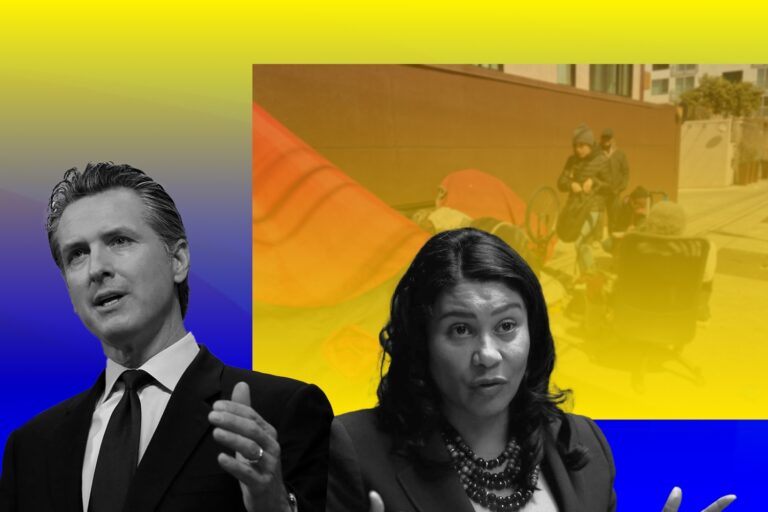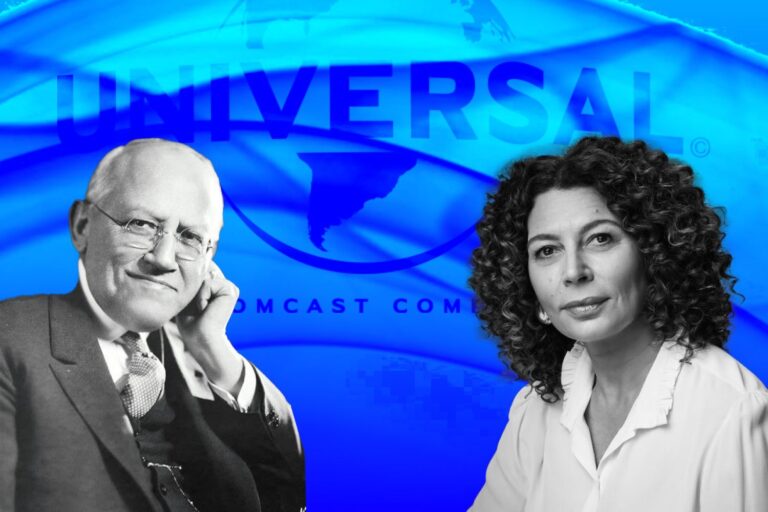Taylor Lorenz Unwraps the Intricate Tapestry of Influencers in the Creator Economy
The ascent of the creator economy, driven by platforms such as YouTube and TikTok, has undergone a profound metamorphosis in the way Americans not only consume information but also attain fame and generate wealth.
This influential creator class has etched an enduring imprint on American culture, reshaping traditional notions of celebrity and success.
The magnitude of its impact is unmistakable, exemplified by the staggering statistic that YouTube alone is estimated to have provided support for around 390,000 full-time jobs in the United States—surpassing the workforce of General Motors, the nation’s largest automaker.
The Creator Economy: Reshaping American Culture and Society
The growth of the creator economy has realigned the aspirations of young Americans, with “Influencer” now ranking among the most popular career choices for youth, surpassing traditional aspirations like becoming a professional athlete or astronaut. This cultural shift is even mirrored in the availability of “Influencer” T-shirts designed for children.
However, the creator profession is far from simple. It lacks the traditional oversight and job security of many careers. Creators face unpredictable incomes, demanding workloads, and intense competition. Their earnings hinge on tech and advertising companies that can alter their rules abruptly, and a single mistake can jeopardize their careers.
While the top stars in the industry amass considerable wealth, the majority of creators form a vast middle class, consistently producing content without institutional support or guaranteed success.
A survey conducted by Linktree, a creator-focused start-up, revealed that only 12 percent of full-time creators earned more than $50,000 annually, while 46 percent made less than $1,000.
The democratization of content creation in the creator economy has empowered voices that might otherwise remain unheard. It has ushered in innovative forms of expression and enabled creators to gain recognition and influence.
However, this newfound freedom has not been without its challenges. The medium has been exploited by bad actors to disseminate falsehoods and misinformation, further contributing to the fragmentation of public discourse into myriad niches and microtrends.
As creators play an increasingly pivotal role in delivering news and information, they provide a blend of original reporting, analytical perspectives, and at times, misleading content during significant events. This blending of roles often leaves audiences uncertain about the reliability of sources.
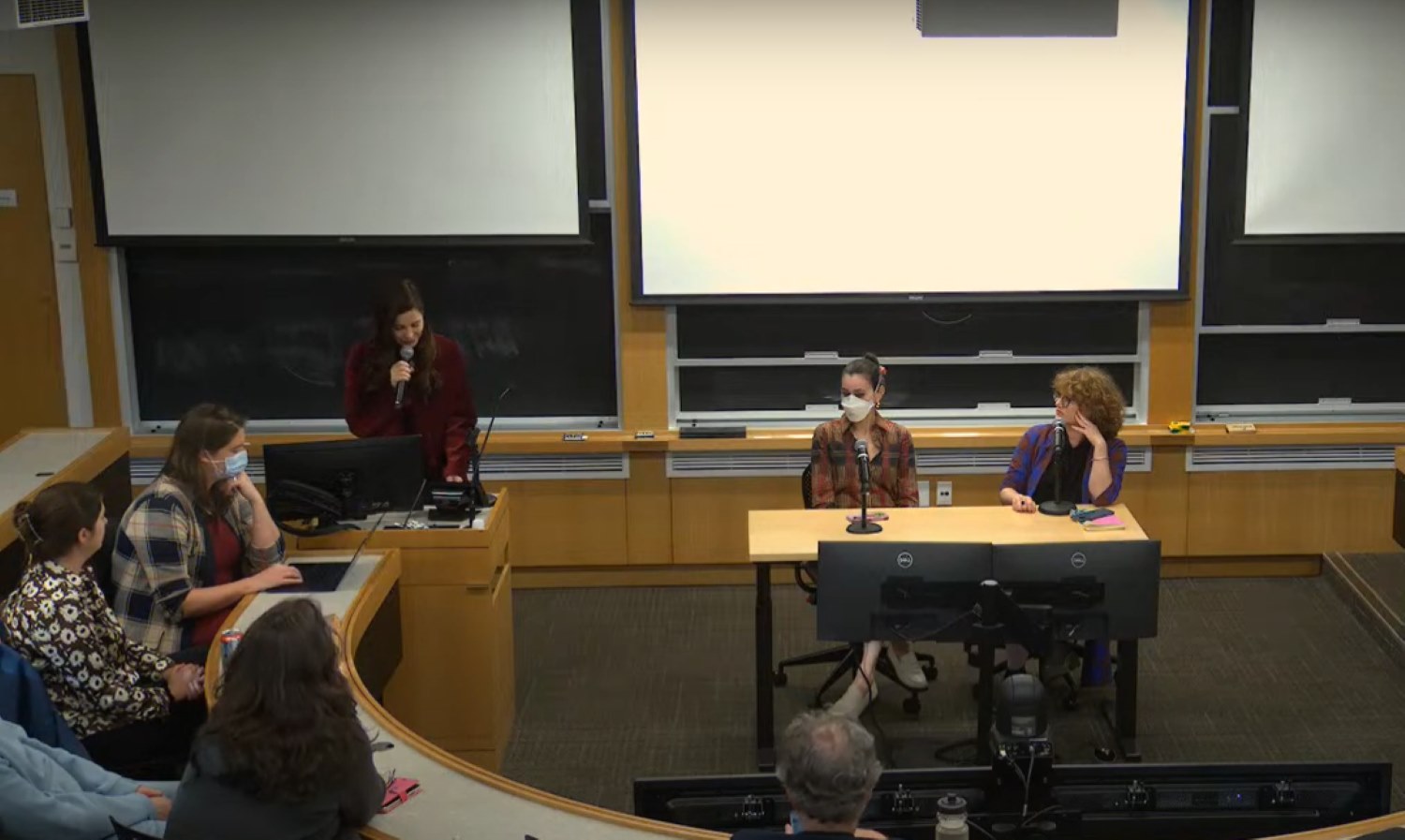
However, Taylor Lorenz examined the issue from a broader perspective.
Lorenz’s statement highlighting that influencers bear only partial responsibility for the decline of truth emphasizes a crucial perspective: “People are getting a lot of misinformation from influencers but they are not the reason that truth is dead”.
Influencers, individuals who have garnered significant followings on social media platforms, undoubtedly wield influence and can shape public opinion. However, they are just one piece of the puzzle. The complex landscape of misinformation and the skepticism towards truth extends beyond these digital personalities.
The rise of hostility towards traditional media is a notable trend that Lorenz identifies. Established media outlets, once the bedrock of reliable information, have faced growing scrutiny.
Accusations of bias in editorial choices and instances of publishing content later revealed to be demonstrably false have eroded trust in these institutions. This decline in trust has created a fertile ground for alternative sources of information, including influencers.
Lorenz’s stance also underscores the necessity of recognizing the distinction between content creators, such as influencers, and traditional media. While both have the potential to influence public perception, they operate within different frameworks. Traditional media outlets adhere to established journalistic standards, ethics, and fact-checking processes.
In contrast, content creators often function with varying levels of oversight and accountability, and their content can range from well-researched to speculative.
Yet, it’s important to acknowledge that within the realm of content creators, there are individuals who uphold rigorous standards of accuracy and ethics.
Taylor Lorenz points to examples like Coffeezilla, who conduct investigative work and provide reliable information to their audiences. These content creators, by maintaining high standards, demonstrate that not all influencers are synonymous with misinformation.
In the modern information landscape, the roles of influencers and journalists have evolved, and the lines between them have blurred. Audiences find themselves navigating a digital realm where multiple voices, platforms, and content types coexist.
In this environment, the responsibility for upholding truth and credibility becomes a collective effort, extending to both traditional media and content creators.
Taylor Lorenz: A Trailblazer in Technology Journalism and Digital Culture
Taylor Lorenz is a highly influential technology columnist renowned for her comprehensive coverage of online culture and the ever-evolving digital landscape. With an illustrious career in journalism, she has built a reputation as a reliable source for insights into the intricate world of technology and the content creator industry.
Currently serving as a columnist at The Washington Post, Lorenz focuses on technology and its complex relationship with online culture. Her writings offer a revealing look into the fast-paced and dynamic digital realm, exploring the trends, influencers, and platforms that shape our online experiences.
Prior to her role at The Washington Post, Lorenz held the position of a technology reporter for The New York Times’ business section, where she continued to provide valuable insights into the latest developments in the tech industry.
Her work has also been featured in respected publications such as The Atlantic and The Daily Beast, establishing her as an authority in technology journalism.
Beyond her written work, Taylor Lorenz is a frequent commentator on various media outlets, including NBC, CNN, MSNBC, CBS, and the BBC. Her commentary offers context and analysis on the ever-evolving digital landscape, ensuring that her insights reach a wide-ranging audience.
Lorenz’s dedication to understanding the internet’s impact on society is further exemplified by her academic and research endeavors. In 2019, she was recognized as a Knight Visiting Nieman Fellow at Harvard University, where her research focused on the role of Instagram in news consumption.
Her affiliation with Harvard’s Berkman Klein Center for Internet and Society underscores her commitment to exploring the convergence of technology and society.
Notably, Taylor Lorenz’s contributions transcend traditional journalism. She has been involved in the creation of documentaries for streaming services like Netflix, Hulu, and HBO, covering a variety of topics related to the digital world, including the GameStop saga, influencer culture, and the rise and fall of tech companies.
Lorenz’s substantial impact on the field of technology and online culture has earned her well-deserved recognition.
She has been named to Fortune’s 40 Under 40 list of leaders in Media and Entertainment and is celebrated as one of the Young Influentials who are shaping media, marketing, and tech. Town & Country magazine acknowledged her as a member of the New Creative Vanguards, describing her as “The Bob Woodward of the TikTok generation.”
In 2023, she was honored with the title of tech and media influencer of the year by the World Influencers & Bloggers Association, solidifying her position as a leading voice in the digital age.
Monetization in the World of Influencers: An Ever-Evolving Landscape
In this dynamic digital landscape, the methods by which influencers make money are as diverse as the platforms they inhabit and the audiences they engage.
Katherine Saras, a TikTok influencer, aptly encapsulates the appeal of this burgeoning industry: “When someone tries to tell me social media is not a ‘real job’ but 1 TikTok can pay my entire rent.”
The creator economy has offered individuals the opportunity to achieve fame and financial success by sharing their content and creative expressions with a global audience.
As Lorenz highlights, the process of monetization depends significantly on the strategies an influencer chooses to implement.
She points to the earlier days of online influence, notably the “mommy blogger era,” where influencers, primarily women, embarked on a journey of monetization by integrating banner ads into their blogs.
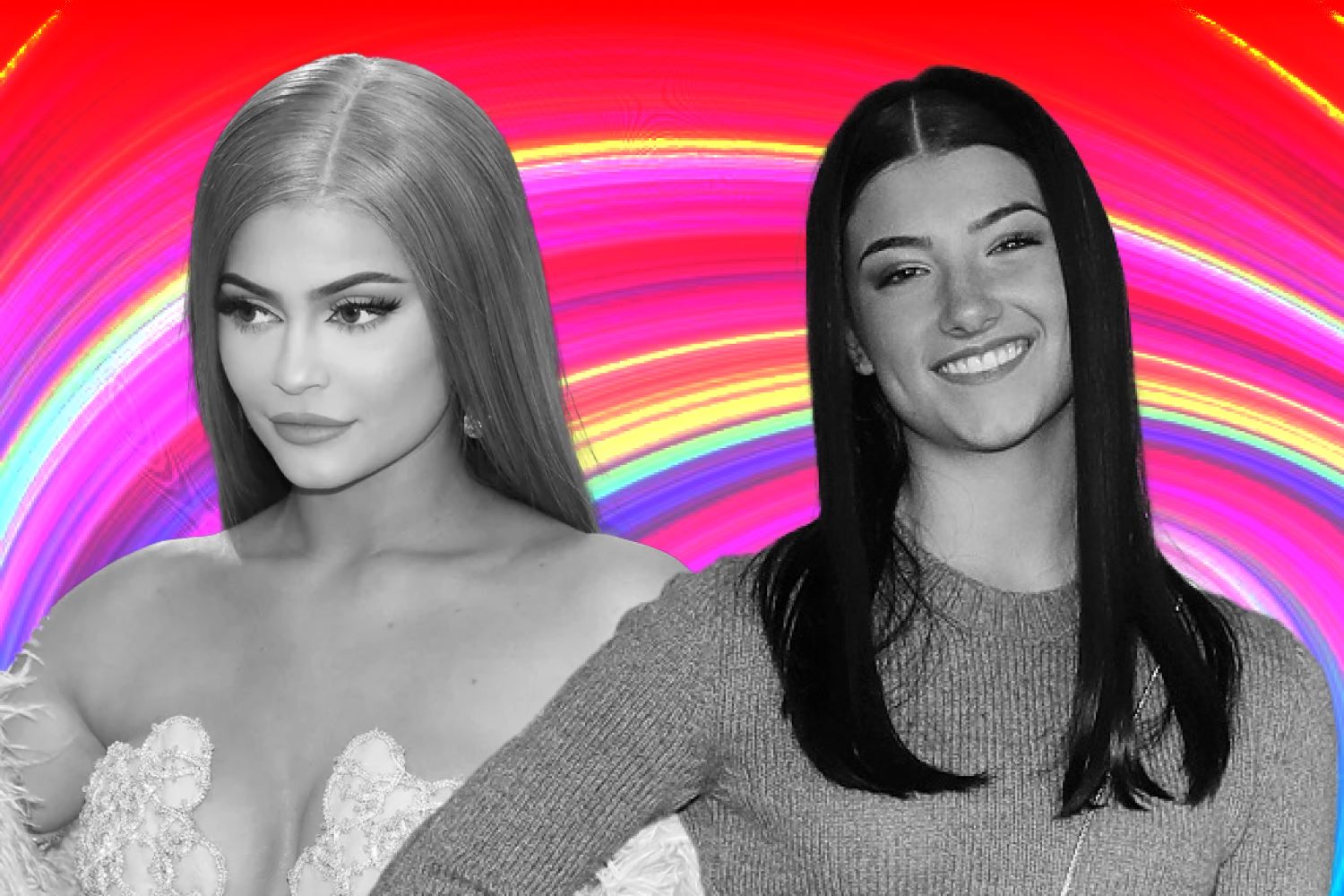
This era exemplified a unique approach to content creation, where influencers effectively transformed their everyday lives and experiences into marketable content. It was a period where personal narratives and advertisements converged, offering a glimpse into the monetization methods of the past.
However, as the digital landscape continued to evolve, so did the opportunities for influencers to monetize their online presence. Today’s influencers employ a wide array of revenue streams.
These methods include sponsored content, affiliate marketing, product sales, ad revenue on platforms like YouTube, paid collaborations, subscription models, and branded partnerships. Influencers have also harnessed e-commerce and entrepreneurship, creating their own products and merchandise.
In essence, the world of influencer monetization serves as a testament to the creativity and flexibility of content creators in the digital age. Influencers have become savvy entrepreneurs, capitalizing on the opportunities presented by the digital platforms that connect them with their followers.
The Dark Underbelly of Social Media: Unveiling Online Harassment
Taylor Lorenz also brings to light the disturbing facets of social media that often evade the spotlight, emphasizing that online harassment extends far beyond mere mean comments.
In her exploration of the darker side of digital interaction, Lorenz draws attention to the insidious forms of online harassment that have increasingly plagued the lives of many in the public eye.
Lorenz’s claim that online harassment extends beyond mere unkind remarks highlights a key perspective. While acknowledging the significance of mean comments and cyberbullying in the digital realm, she emphasizes that the scope of online harassment goes well beyond these explicit actions.
She delves into the more complex and sinister aspects, such as smear campaigns, online spirit campaigns, and the manipulation of public opinion.
“I have like most notifications muted, so I don’t even know. I only see sometimes what’s trending on Twitter and what they’re mad about. The way online harassment manifests is more like smear campaigns, online spirit campaigns, and the manipulation of public opinion. It’s as if somebody is paying a bot.” – she stated.
Lorenz herself has been a target of such campaigns, where false information and baseless accusations are spread to undermine her credibility.
Online spirit campaigns, a disturbing manifestation of harassment, entail the manipulation of public sentiment through orchestrated actions. These campaigns can involve the payment of bots to amplify certain narratives or opinions, often with malicious intent.
The use of bot networks, which Lorenz mentions, exemplifies the sophisticated tactics employed by harassers. These bot networks can flood social media with false information or divisive content, contributing to the spread of misinformation and amplifying online harassment.
Lorenz’s personal experiences, including individuals showing up at her parents’ house, illustrate the frightening consequences of online.
The Future of Section 230: Balancing Freedom and Responsibility
Section 230 of the Communications Decency Act of 1996 is a U.S. legal provision that offers legal protections to online platforms and internet service providers for content posted by users on their sites.
It allows these platforms to operate as intermediaries without being held liable for the content users generate.
The section was designed to encourage free speech on the internet while protecting platforms from excessive legal responsibility for what their users publish.
However, in recent years, there has been ongoing debate and controversy about whether this immunity should be limited or altered, particularly in cases where social media companies are accused of allowing or even facilitating harmful content, such as terrorism-related content or misinformation.
Some argue that recommendation algorithms, used by platforms to suggest content to users, should be considered a form of content creation and fall outside the scope of Section 230 immunity.
The Supreme Court has considered cases related to Section 230, specifically involving allegations that social media companies aided and abetted terrorists who used their platforms.
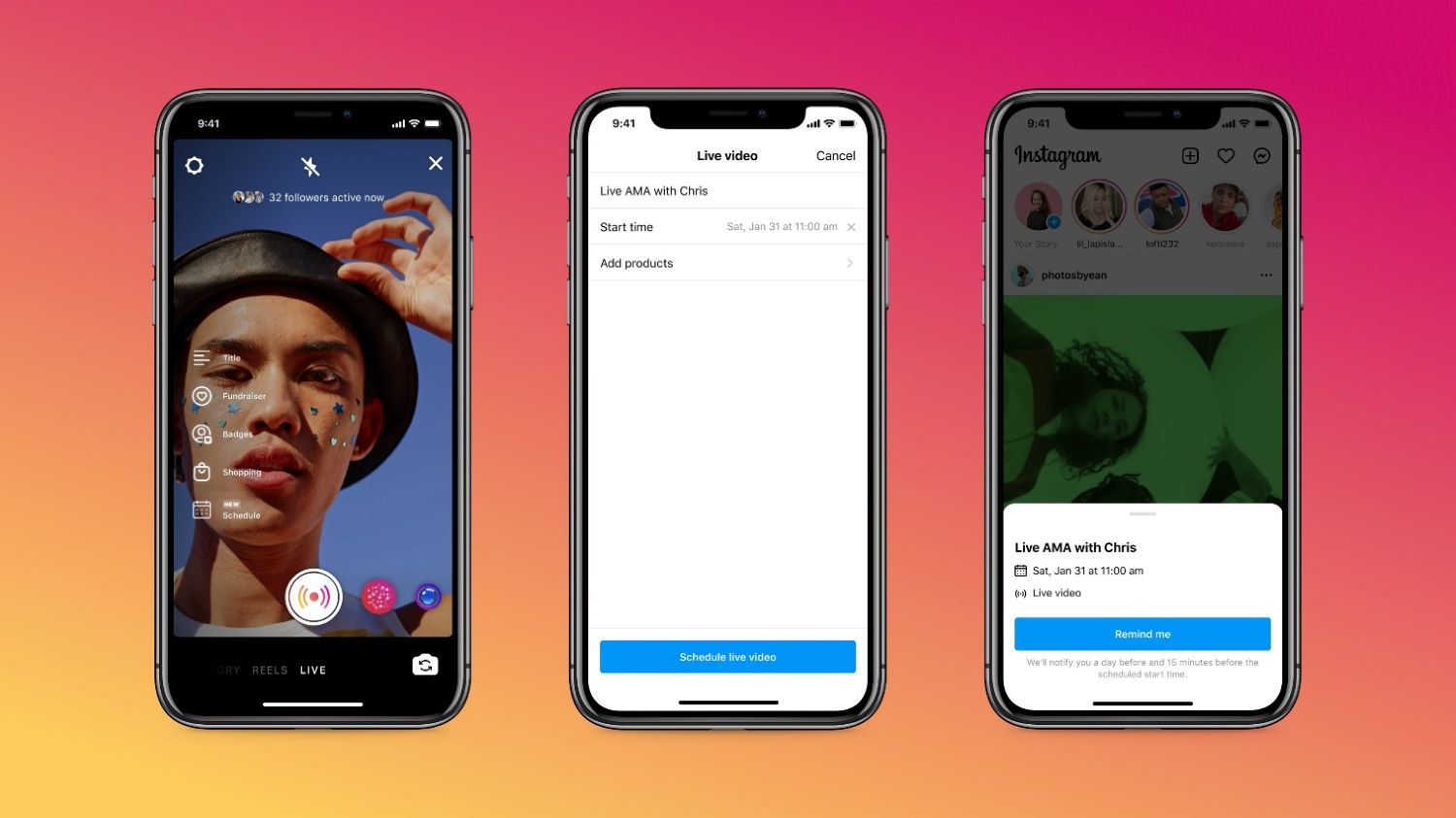
In Twitter, Inc. v. Taamneh, the Court found that Twitter was not liable for a 2017 ISIS terrorist attack in Istanbul, Turkey, as the link between Twitter and the attack was considered too tenuous to hold the company accountable.
In Gonzalez v. Google, a similar case involving Google-owned YouTube and ISIS-related content, the Supreme Court also issued a summary per curiam decision.
As Taylor Lorenz aptly observes, recent events, such as the proliferation of misinformation and violence on platforms like Twitter, have spurred conversations about the need for reevaluating and potentially amending this legal safeguard.
Lorenz’s viewpoint reflects the complexities of this issue.
She acknowledges that while online platforms have provided an essential space for free expression and communication, they should not operate as a free-for-all without any accountability.
Striking the right balance between preserving the principles of free speech and ensuring responsible platform governance is a formidable challenge.
Lorenz expresses reservations about abolishing Section 230 altogether, recognizing the critical role it plays in fostering innovation and enabling user-generated content.
Instead, she advocates for a regulatory approach that holds platforms more accountable for the content that appears on their platforms.
“I don’t think it should be abolished at all, but I think that it should be handled by regulation, i would love to see the platforms be a little bit more responsible.” – Lorenz stated.
The call for more responsible platform behavior aligns with a broader societal concern about the influence and impact of online platforms on public discourse, information dissemination, and community safety.
Critics argue that platforms should assume a greater responsibility for moderating content, combating harmful behavior, and preventing the spread of misinformation.
The future of Section 230 is likely to be characterized by ongoing debates, legal adjustments, and a quest for a more balanced framework that upholds the principles of free expression while mitigating the negative externalities that have emerged in the digital age.



